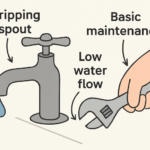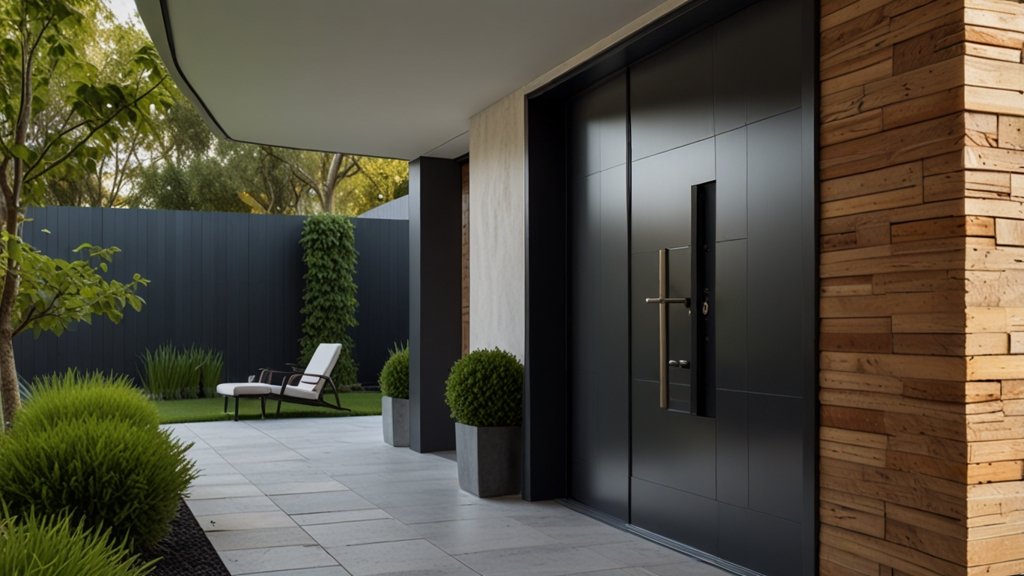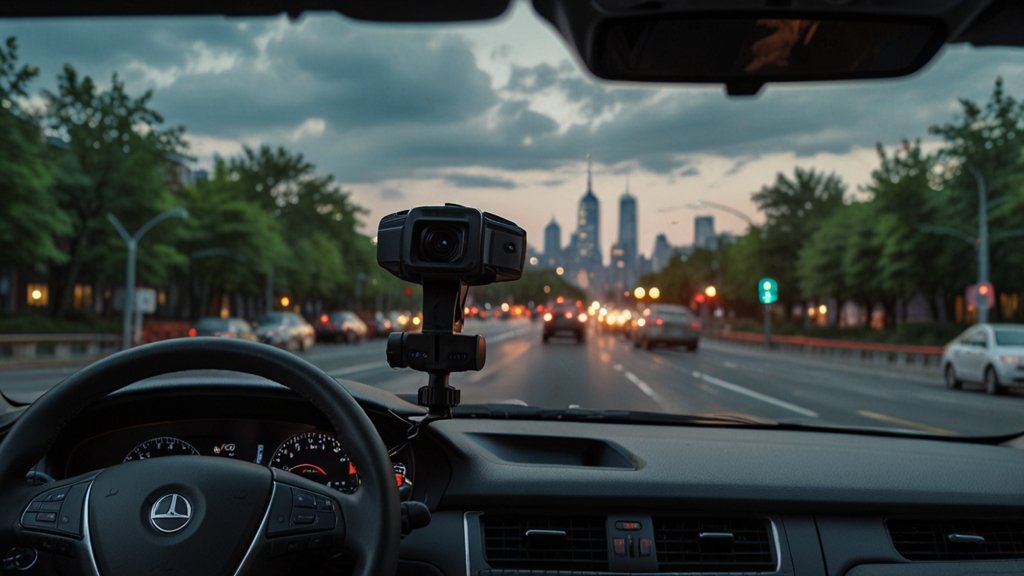Why Home Security Matters Today
Security at home has moved far beyond traditional locks and keys. For today’s homeowners, protecting one’s private space means keeping up with shifting risks, integrating new technology, and cultivating safer habits. Data from neighborhood surveys and police departments show that over 60% of Americans feel uneasy about potential break-ins, with many citing concerns over property theft and personal safety. Such widespread concern highlights why every household, regardless of size or location, benefits from a proactive approach.
Options for residential protection abound, but making smart security choices often means blending the old and the new. Reliable online resources such as https://usprotective.net/residential/ provide homeowners with guidance on customizing their security approach, which fits property layouts and personal needs. The increased demand for these solutions isn’t just a reaction to crime—a desire for peace of mind and better preparedness inspires it. Whether adapting to or responding to national trends in safety, today’s homeowners increasingly recognize that when thoughtfully implemented, proactive measures pay dividends in comfort and security.
Technology At Home: What Are Homeowners Choosing?
The residential security market thrives with technological advancements such as smart locks, environmental sensors, wireless cameras, and whole-home automation. Homeowners now consider these investments essential property upgrades, ranking them alongside kitchen and bathroom renovations. The rapid growth of nationwide home security sales is reflected in technology’s ease of use and affordability. Popular choices include smart doorbell cameras, monitored security systems, and smart lighting that reduces risk by keeping pathways and entry points well-lit and unpredictable. However, the best home protection starts with a layered approach, including strong door hardware, thoughtful landscaping, and modern gadgets. Homeowners without visible protection, such as signs, cameras, or sensor lights, are up to 300% more likely to be targeted by criminal acts than those with minimal security.
Affordable Security Solutions For Every Budget
Home security is not a luxury that requires a large budget. Some of the biggest safety gains can be achieved through minor investments and DIY fixes. First, evaluate your home’s weaknesses, such as unsecured sliding doors or poorly lit entrances. Solutions like reinforcing door strike plates, adding secondary locks, and securing sliding doors can be done with less than high-tech equipment. Install deadbolts, window locks, contact alarms, solar-powered motion-sensor lights, use deterrents like alarm company signs or camera decals, and keep hedges trimmed below window level for visibility. Combining these low-cost measures can reduce security concerns before investing in full-fledged smart systems. These step-by-step improvements add up and don’t overwhelm the budget or daily routines.
Beyond Technology: Practical Habits For Safer Homes
Smart daily habits can significantly reduce burglaries, especially during the middle of the day when homes are often left unsecured. Lock doors and windows when leaving, even for a quick errand, and avoid sharing travel plans or extended absences online. Arrange for trusted friends or neighbors to check mail, park in your driveway, or keep an eye on your home while on vacation. Schedule routine check-ins for outdoor lighting, fencing, and secondary entrances, and develop simple checklists for nightly lock-ups and alarm arming before bedtime. These practical steps send strong signals that a home is cared for and occupied, which is a powerful deterrent. Law enforcement professionals believe homes with established routines and signs of regular activity are less likely to be targeted, regardless of neighborhood crime rates.
Community Action: The Unsung Hero Of Neighborhood Safety
Neighborhood watch programs, online groups, and casual connections can help homeowners stay vigilant. These efforts provide immediate information and foster a culture of care. Simple gestures like collecting packages or texting about unfamiliar vehicles can increase safety with minimal effort. Local police often support these networks, as active community groups lead to fewer burglaries and faster incident reporting in neighborhoods with active community groups.
YOU MAY ALSO LIKE: How to Find a Reliable Hacker for Account Recovery











